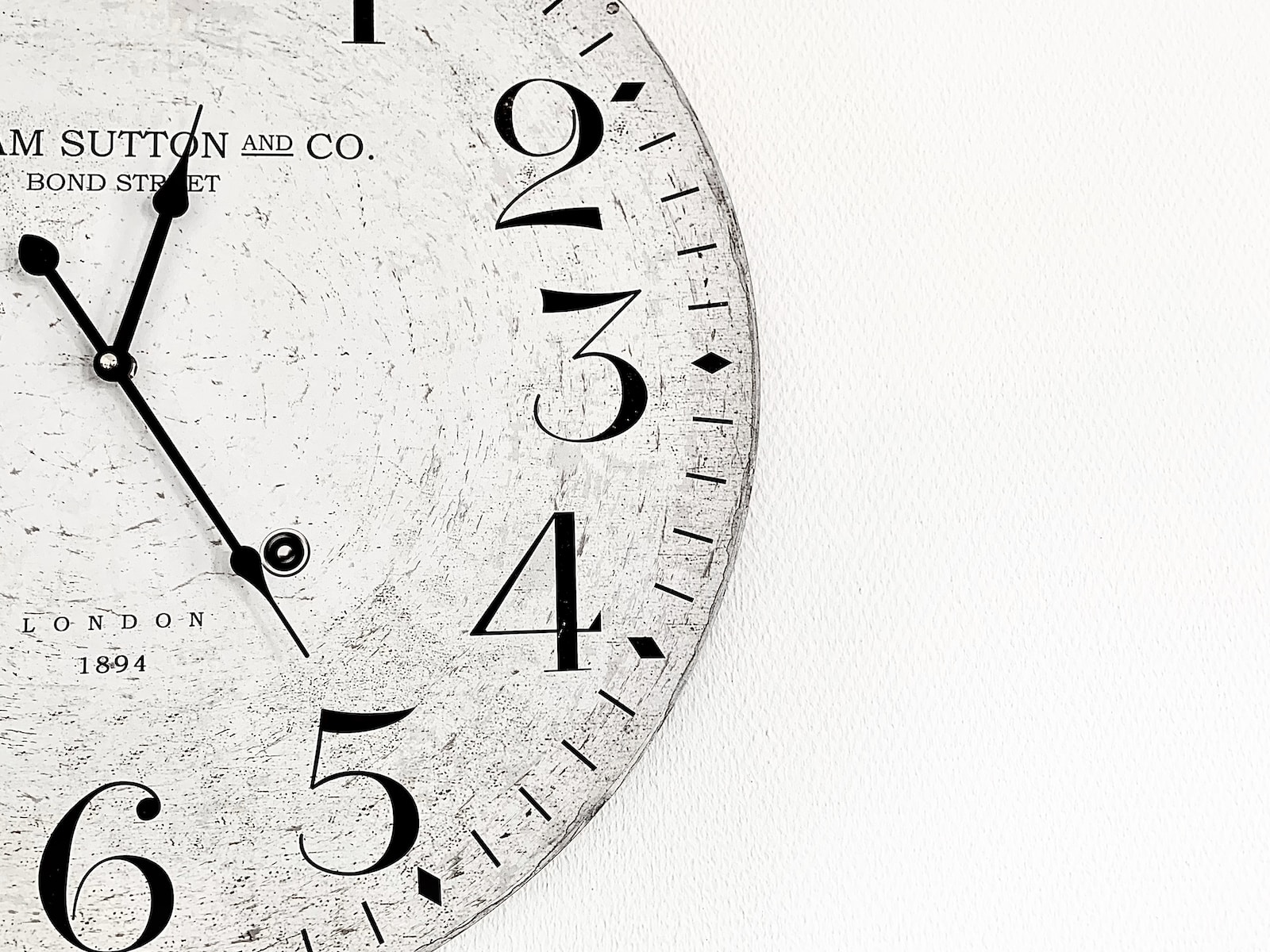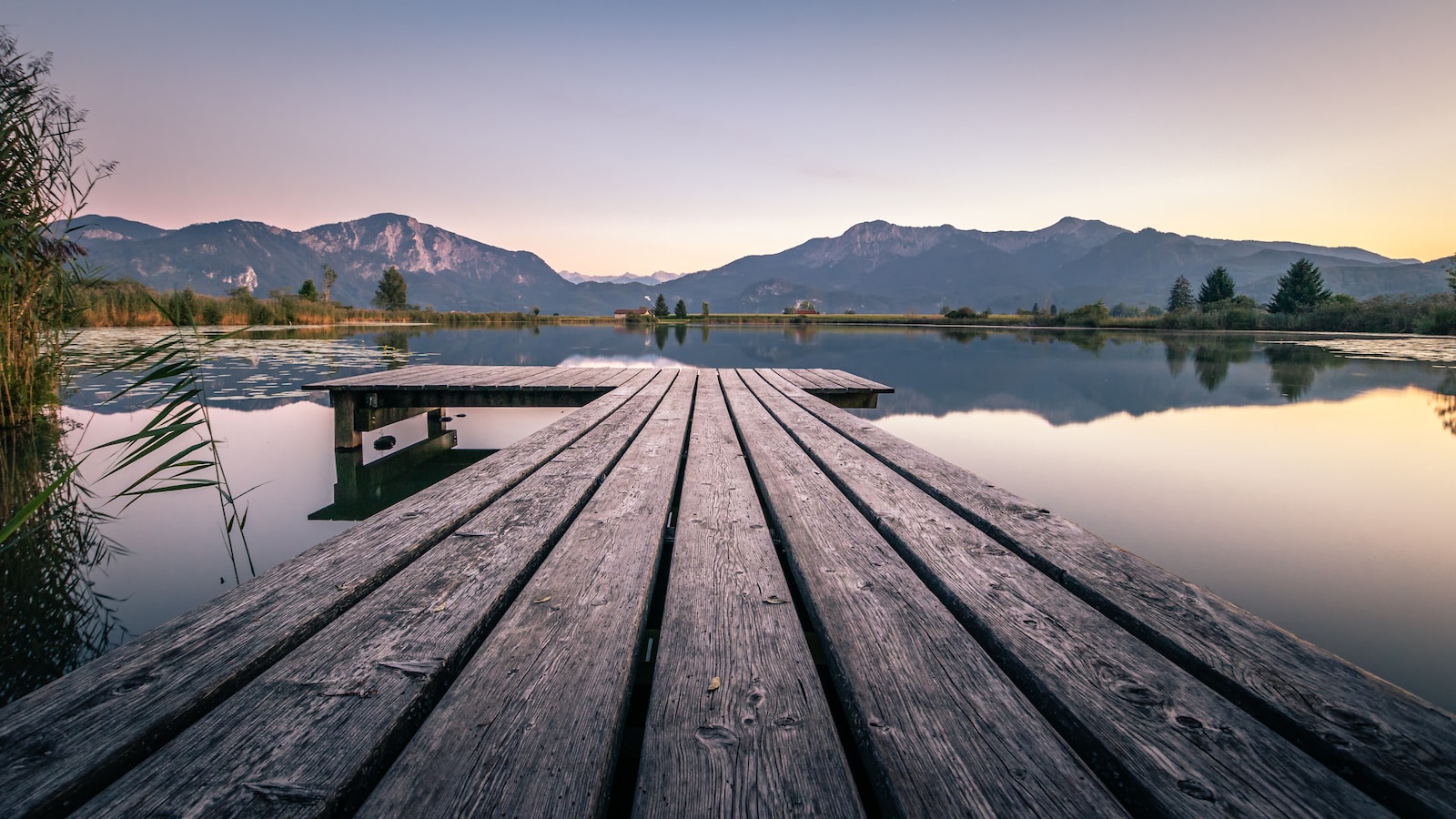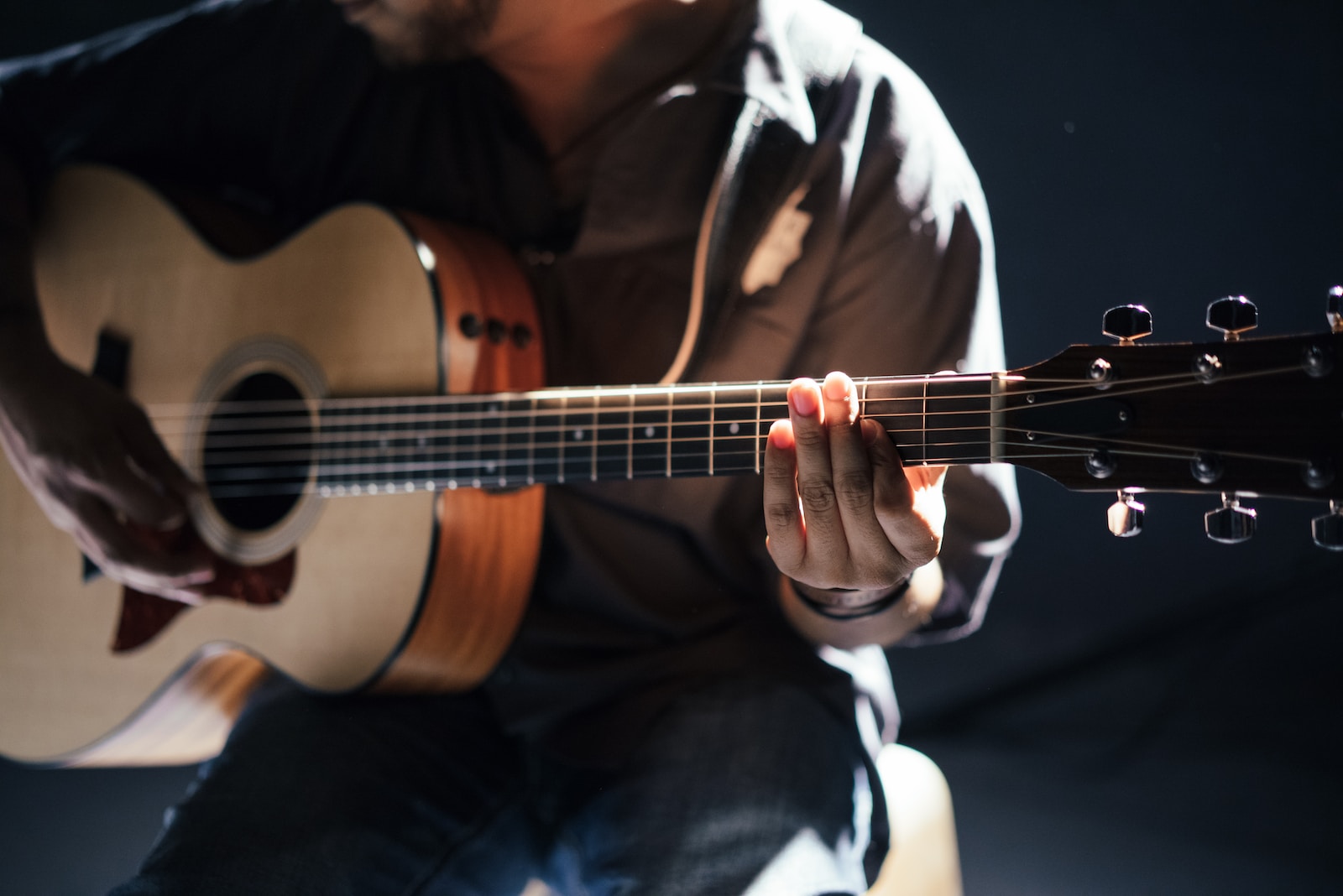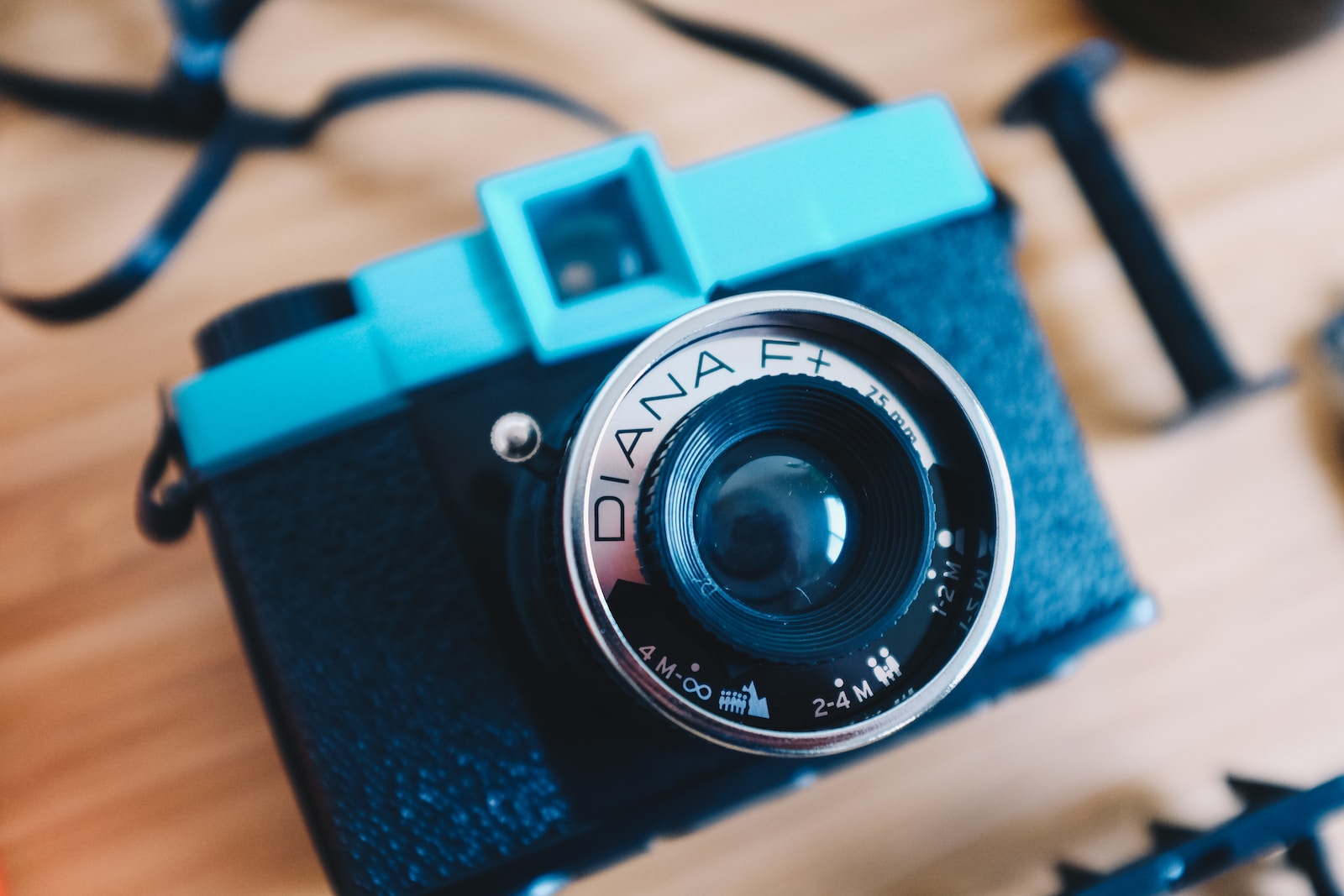Step back in time and enter the enchanting world of vintage clocks. Embrace the charm and character of these timeless treasures as we embark on a journey of capturing their beauty through the lens. Whether you are a photography enthusiast or simply admire the allure of antiques, this blog is your ultimate guide. Discover the secrets of lighting, composition, and depth of field as we delve into the art of shooting vintage clocks.
Table of Contents
- Shooting Vintage Clocks – A Timeless Guide
- The Importance of the Right Camera
- Best Time of Year for Capturing Vintage Clocks
- Frequently Asked Questions
- 1. What equipment do I need for shooting vintage clocks?
- 2. How should I approach lighting when photographing vintage clocks?
- 3. What composition techniques work best for showcasing vintage clocks?
- 4. How can I create depth of field in my vintage clock photographs?
- 5. How do I ensure my vintage clock photographs have a timeless feel?
- 6. How can I effectively showcase the intricate details of a vintage clock?
- 7. Where can I find vintage clocks for photography purposes?
- 8. Are there any post-processing tips to enhance vintage clock photographs?
- 9. Can you share any additional tips for shooting vintage clocks?
- Wrap Up
Shooting Vintage Clocks – A Timeless Guide
When it comes to capturing the allure of vintage clocks, there are many interesting features that make for great photographs. From the delicate craftsmanship to the intricate details, vintage clocks have a timeless appeal that can be beautifully showcased through the art of photography. In this guide, we will explore some techniques and tips to help you capture the essence of these antique timepieces.
1. Lighting is Key
One of the most important factors in any photograph is lighting, and when it comes to capturing vintage clocks, it is no different. Lighting can dramatically enhance the mood and details of the clock, creating a more captivating and visually appealing image. Natural light is often the best choice for antique photography as it adds a warm and nostalgic glow to the subject. Experiment with different angles and intensities of light to find the best way to showcase the unique features of the clock.
Active words: enhance, create, captivating
Transition words: dramatically, often, experiment, unique
2. Composition and Depth of Field
The way you compose your photograph can greatly impact the overall effect and storytelling of the image. When shooting vintage clocks, consider elements such as the clock’s placement, background, and surrounding objects. A clutter-free or minimalistic background can help draw attention to the clock itself. Experiment with different angles and compositions to find the most visually interesting and balanced shot.
Depth of field is another technique that can add depth and dimension to your still life photography. By using a shallow depth of field, you can create a beautiful bokeh effect, where the clock is in sharp focus while the background blurs softly. This technique can give a sense of depth and create a dreamy atmosphere around your vintage clock.
Active words: impact, draw, experiment, interesting, balanced, add, create
Transition words: consider, help, experiment, can, while, create
By understanding the fascinating features of vintage clocks and applying the right techniques, you can capture truly remarkable photographs that showcase the timeless beauty and allure of these antique timepieces. Remember to pay attention to lighting, composition, and depth of field, as they can make a significant difference in the final result of your photograph.
Ready to embark on your photographic journey through time? Explore our related posts to find even more inspiration and guidance on shooting vintage clocks and other captivating objects of antiquity.
Did you know that the oldest working mechanical clock, called the Salisbury Cathedral Clock, dates back to the year 1386? It has been ticking for over 600 years and is still keeping time accurately today!
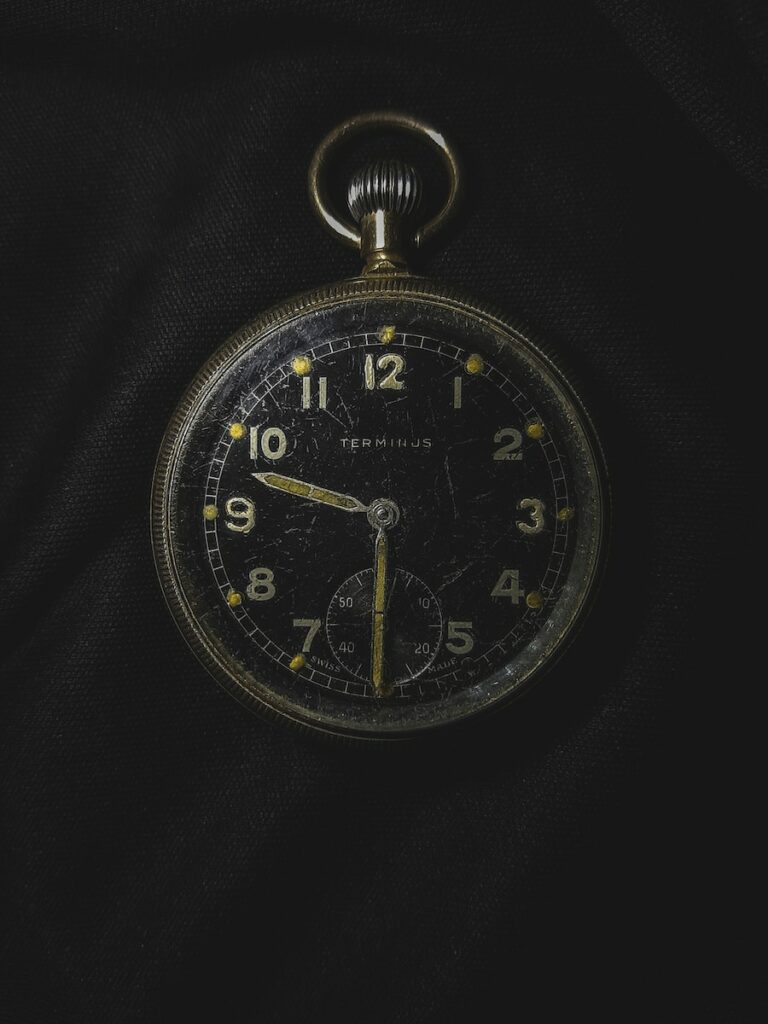
The Importance of the Right Camera
When it comes to capturing the timeless allure of vintage clocks, having the right camera is paramount. While any camera can technically take a photograph, certain features and capabilities will greatly enhance your ability to produce stunning results.
A DSLR (Digital Single-Lens Reflex) or mirrorless camera is highly recommended for shooting vintage clocks. These types of cameras offer the flexibility of interchangeable lenses, allowing you to experiment with different focal lengths and perspectives. Additionally, they offer manual control over settings such as aperture, shutter speed, and ISO, giving you full creative control over your images.
Choosing the Ideal Lenses for Vintage Clock Photography
Selecting the appropriate lens is just as crucial as picking the right camera. While the ultimate choice will largely depend on your personal shooting style and preferences, here are some options to consider:
Wide-angle lens: A wide-angle lens, typically ranging from 10mm to 35mm, can capture the entire clock in a single frame, adding a sense of grandeur and emphasizing intricate details. It allows you to get close to the clock while still including its surrounding environment, providing a broader context.
Telephoto lens: If you want to focus on specific details or capture intriguing close-up shots of vintage clock mechanisms, a telephoto lens in the range of 70mm to 200mm will come in handy. This type of lens allows you to isolate specific elements and create stunning depth of field effects, separating the clock from its background.
Macro lens: For those who want to delve into the intricacies of vintage clock craftsmanship, a macro lens is a fantastic option. With its high magnification capabilities, a macro lens can capture the smallest details, revealing the beauty and craftsmanship of each component.
Remember, these are just a few examples of lens options suitable for vintage clock photography. You may experiment with different lenses and focal lengths to find the perfect fit for your artistic vision.
Investing in quality lenses and camera equipment will undoubtedly elevate your images, allowing you to capture every intricate detail and preserve the timeless allure of vintage clocks for years to come.
Best Time of Year for Capturing Vintage Clocks
When it comes to shooting vintage clocks, each season presents unique opportunities to capture their timeless allure. Let’s explore how different times of year can enhance your photography.
- Spring: During this season, the fresh blooms and vibrant colors create a delightful backdrop for vintage clocks. Seek out outdoor locations such as gardens or parks where flowers are in full bloom. Position the clock near a blossoming tree or amidst a bed of colorful flowers to add an extra touch of enchantment to your composition.
- Summer: The long daylight hours of summer provide ample opportunities for outdoor photography. Take advantage of the warm golden hour light in the early morning or late afternoon. The soft, warm glow will cast a gentle and romantic ambiance on the vintage clock, adding an extra layer of charm to your shot.
- Autumn: The rich, warm tones of autumn make it an ideal season for capturing vintage clocks. Look for locations with fallen leaves or rustic backgrounds, such as an old wooden table or a weathered bench. The natural earthy hues will complement the antique charm of the clock, creating a harmonious and nostalgic image.
- Winter: Embrace the serene beauty of winter by shooting vintage clocks against a backdrop of snow-covered landscapes. The white snow will provide a clean and minimalistic aesthetic while allowing the intricate details of the clock to stand out. Choose a day with clear skies to capture the ethereal magic of the season.
Choosing the Perfect Vantage Point
Now that you are familiar with the best times of year to shoot vintage clocks, let’s discuss the importance of selecting the right vantage point to bring out their timeless allure.
- Eye-Level Perspective: Shooting the clock at eye-level allows viewers to connect with the subject on a personal level. This angle provides a straightforward view and showcases the clock as it naturally appears.
- Top-Down Perspective: Capture a bird’s-eye view by positioning yourself above the clock. This perspective works well for still life photography, especially when showcasing the details and patterns on the clock face.
- Low-Angle Perspective: Experiment with a low-angle perspective by shooting upwards towards the clock. This unique angle can create a sense of dominance and grandeur, highlighting the elegance and craftsmanship of the vintage piece.
- Reflections and Mirrors: Incorporating reflections or shooting through mirrors can add an artistic and surreal touch to your photographs. Place the clock near a reflective surface or position it in a way that captures its reflection in a mirror, creating a captivating and layered image.
Remember, the choice of vantage point ultimately depends on the story you want to tell with your vintage clock photography. Whether you opt for a traditional approach or experiment with unconventional angles, the key is to capture the timeless allure and charm that vintage clocks possess.
One helpful tip for shooting vintage clocks is to use a tripod to ensure stability and sharpness. This will allow you to experiment with longer exposure times, capturing intricate details and creating a sense of motion in the hands of the clock. Don't forget to use a remote shutter release or the self-timer function to minimize camera shake.
Frequently Asked Questions
1. What equipment do I need for shooting vintage clocks?
To capture the timeless allure of vintage clocks, you’ll need a camera with manual settings, a tripod, and a variety of lenses. Additionally, having a reflector and diffuser can help control lighting conditions.
2. How should I approach lighting when photographing vintage clocks?
When working with vintage clocks, it’s important to use diffused natural light or artificial light sources to create a soft and even illumination. Avoid harsh direct light that can create unwanted shadows or glares.
3. What composition techniques work best for showcasing vintage clocks?
Composition plays a crucial role in capturing the allure of vintage clocks. Utilize the rule of thirds to create a balanced composition, and experiment with different angles and perspectives to add visual interest. Incorporating other vintage elements or props can also enhance the overall composition.
4. How can I create depth of field in my vintage clock photographs?
To achieve a pleasing depth of field, use a wide aperture (low f-stop number) to isolate the vintage clock and create a blurred background. This technique draws attention to the intricate details of the clock while providing a sense of depth.
5. How do I ensure my vintage clock photographs have a timeless feel?
To capture the timeless allure of vintage clocks, pay attention to the smallest details. Clean the clock thoroughly, remove any distractions from the frame, and carefully arrange the composition. Consider shooting in black and white to further enhance the vintage aesthetic.
6. How can I effectively showcase the intricate details of a vintage clock?
Macro photography techniques can help highlight the intricate details of a vintage clock. Use a macro lens or extension tubes to capture close-ups of the clock’s parts, gears, or intricate design elements. Experiment with different focal lengths and explore the clock from various angles.
7. Where can I find vintage clocks for photography purposes?
You can find vintage clocks at antique shops, flea markets, online marketplaces, and even in your own attic. Explore unique thrift stores or connect with collectors to discover rare and interesting vintage clocks.
8. Are there any post-processing tips to enhance vintage clock photographs?
In post-processing, you can enhance the vintage allure by adjusting the contrast, adding a subtle vignette, or applying a vintage-inspired filter. Preserve the intricate details while maintaining a timeless aesthetic.
Always experiment and explore different creative techniques. Develop your own style and vision when shooting vintage clocks. Keep practicing and refining your skills to capture the timeless allure of these magnificent timepieces.
Wrap Up
Now that you’ve learned the timeless art of shooting vintage clocks, it’s time for you to pick up your camera and capture the beauty of these antique timepieces. Remember to experiment with lighting, composition, and depth of field to create stunning still life photography. Whether you’re a beginner or an experienced photographer, there is always something new to discover in the world of vintage clocks. So go ahead, grab your camera, and start shooting! Share your experiences and tips in the comments below, and don’t forget to follow our blog for more guides on capturing the allure of antiques.
